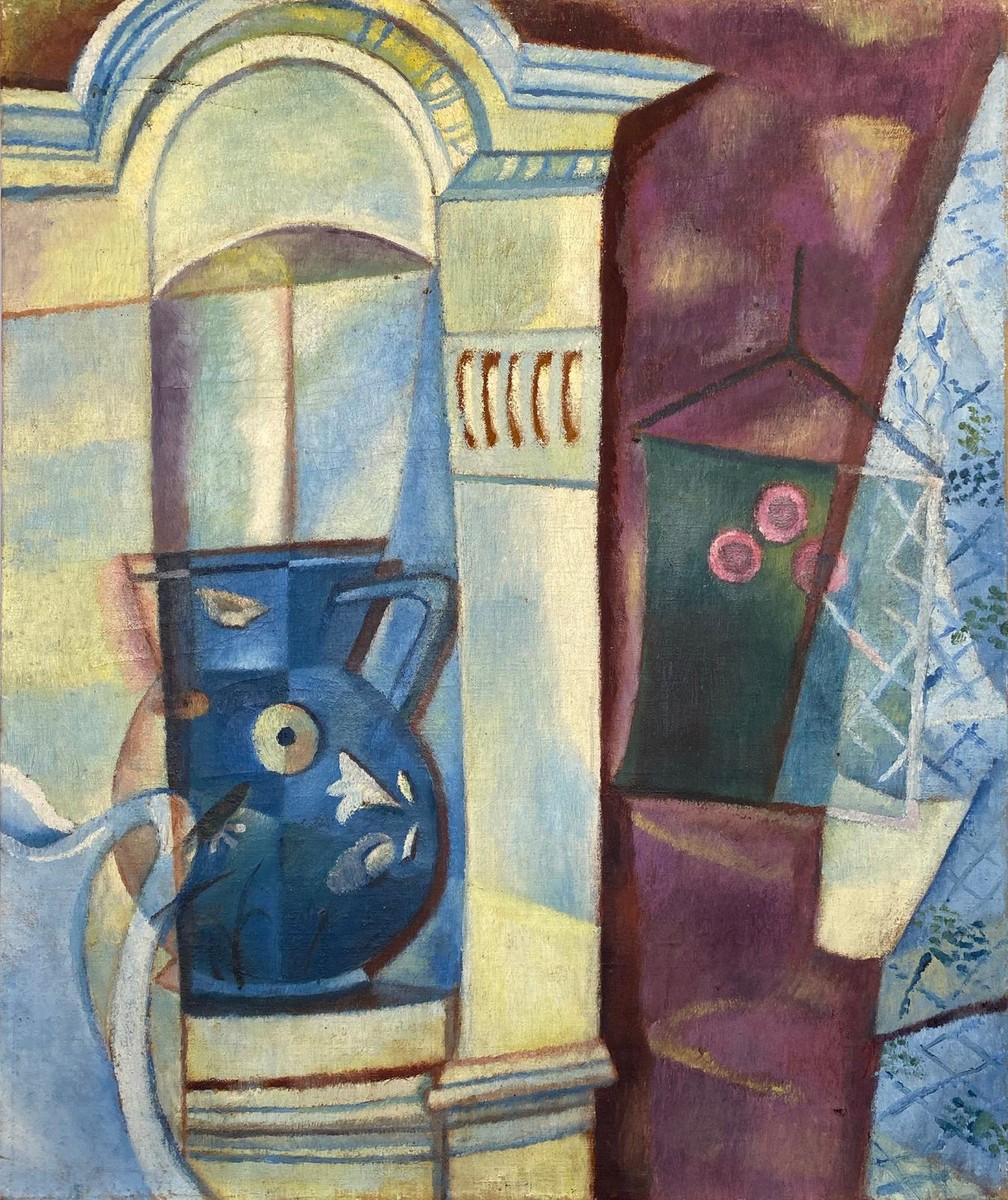artist
Alfred Wickenburg, born in Gleichenberg in 1885, studied at universities in Munich, Paris, and Stuttgart. Alongside Wilhelm Thöny, and was among the earliest adopters of cubism, futurism, and pittura metafisica. Serving as vice president of the Styrian Secession for several years, he faced professional setbacks, losing his teaching position due to his avant-garde art and controversial depiction of the Madonna in 1933.
However, by 1934, he rebounded, appointed as a professor at the Landeskunstschule and elected president of the Secession. His international recognition grew with participation in the Biennale in Venice in 1936 and exhibitions at the 1937 World Exhibition in Paris. During the Nazi era, his art was condemned as degenerate, prompting him to publicly exhibit more conforming works while continuing to develop his modernist style in private.
After World War II, Wickenburg represented Austria as a delegate to UNESCO and the Austrian art senate. He passed away in Graz in 1978, leaving behind a legacy that bridged avant-garde innovation with the tumultuous political landscape of his time.
provenance
Erika Kastner Foundation (acquired by 1955, likely from the artist)
Acquired as a gift from the above in 1955 by The Museum of Modern Art, NYThe Museum of Modern Art, NY, until 2024
Sotheby's NY, sold to benefit MoMA acquisitions program, March 2024
exhibitions
Graz, Landesmuseum Joanneum, Ausstellung der Sezession Graz, 1924
Linz, Oberösterreichische Landesmuseum, Prof. Alfred Wickenburg, Prof. Rudolf Szykowitz, Prof. Fritz Silberbauer, Graz. Ölgemälde, Sonderausstellung, 1954, no. 2, illustrated
Graz, Künstlerhaus, Alfred Wickenburg, 1955
















